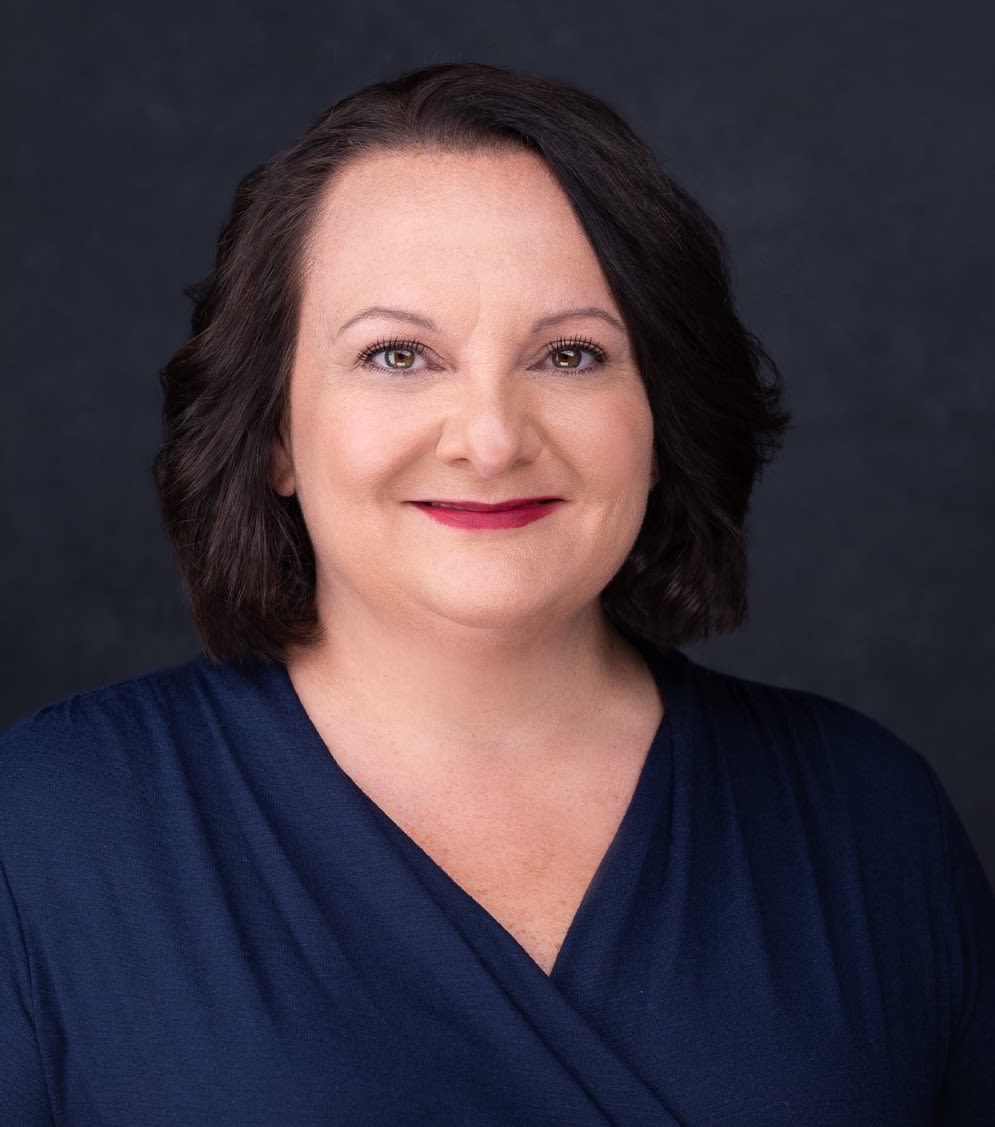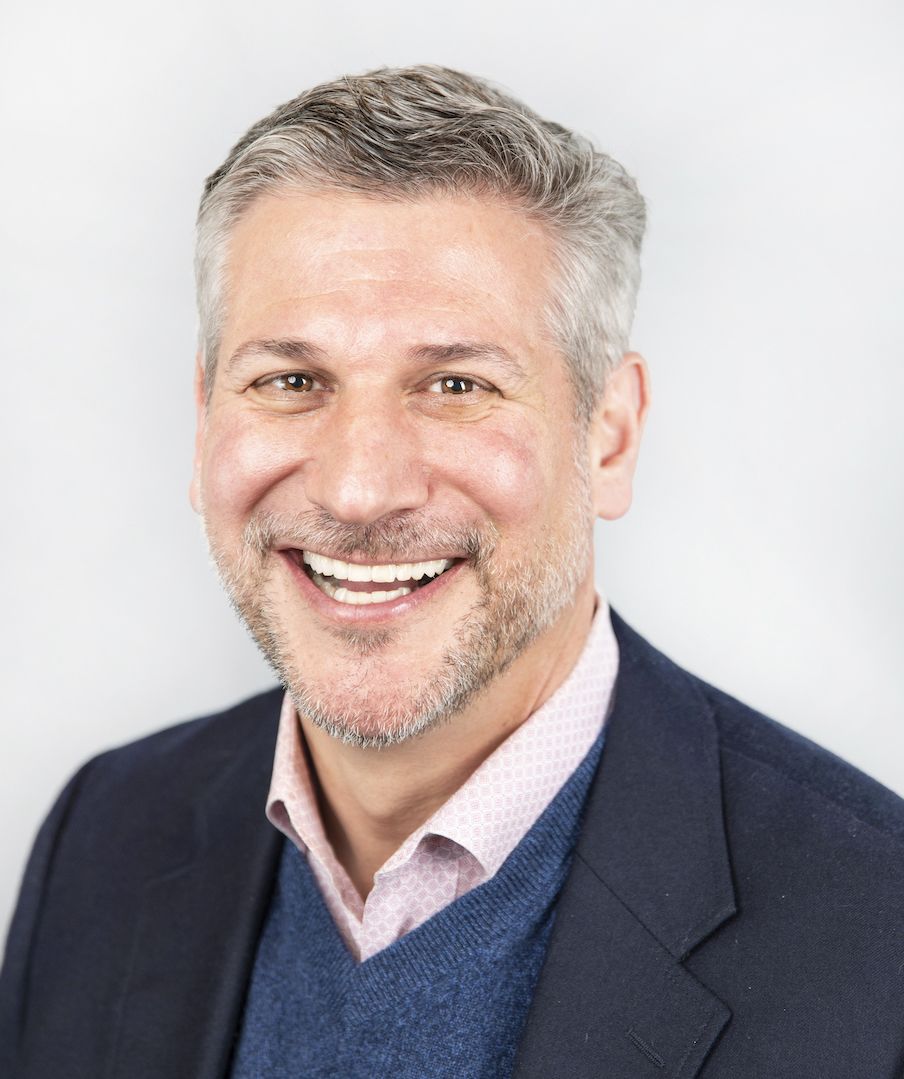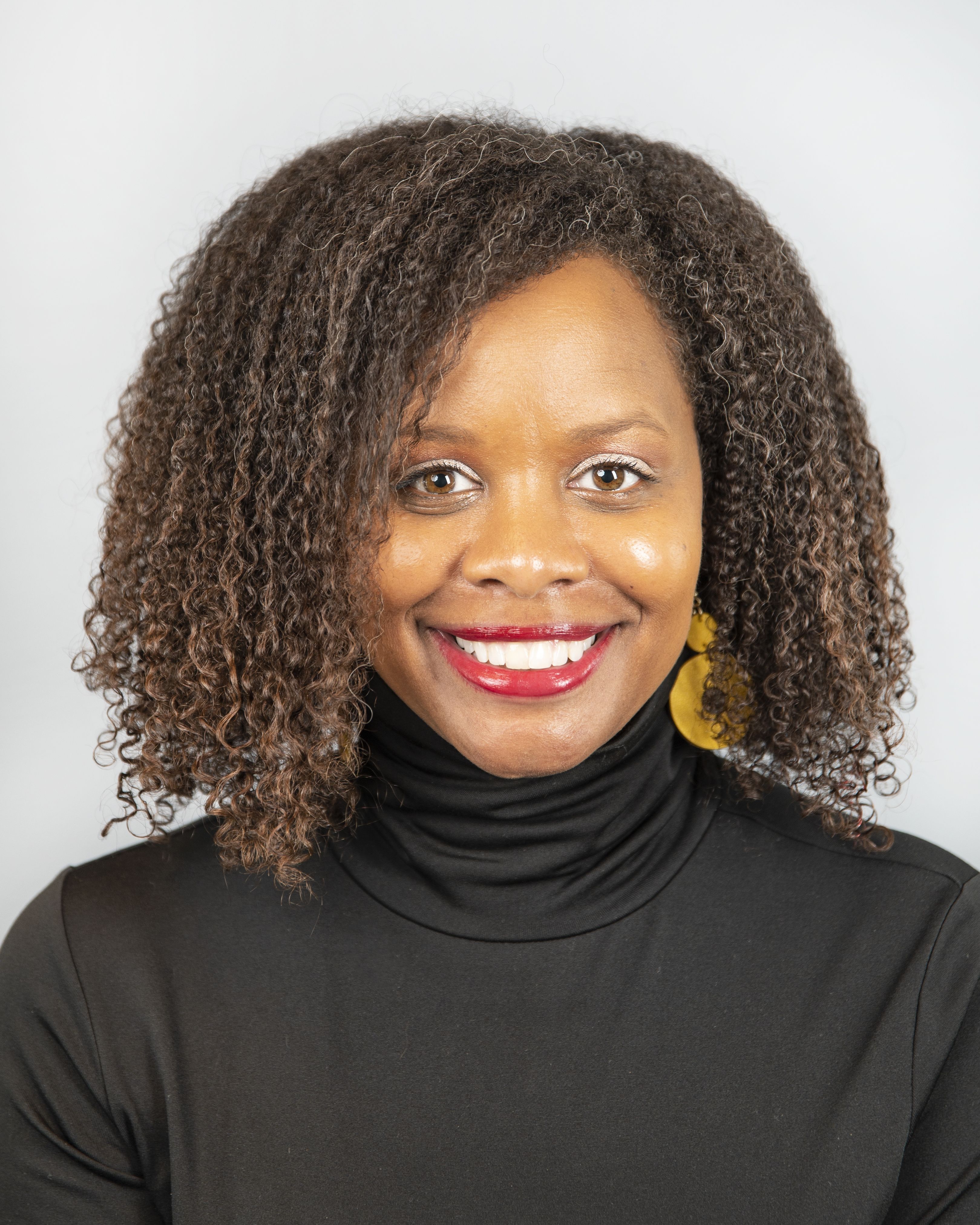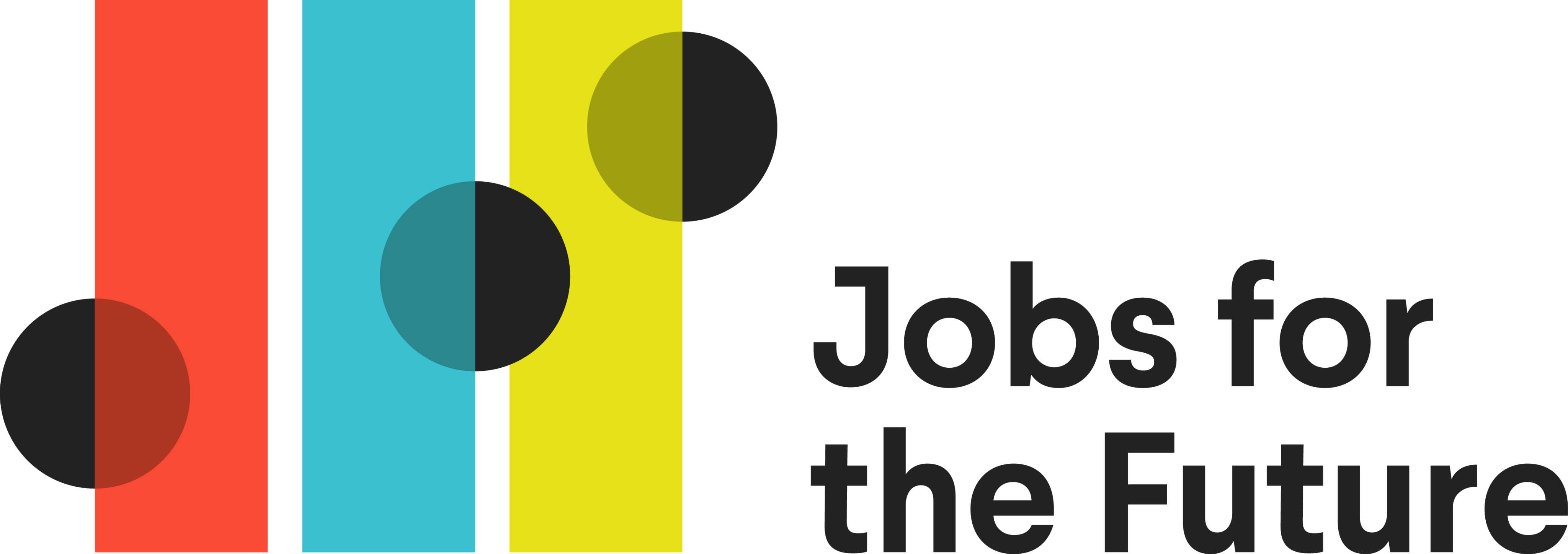Jobs for the Future Wants the Future to Include All of Us
The organization is seeking allies from academia and the workforce development field for its "North Star" goal: to help 75 million people facing systemic barriers to advancement find quality jobs.

This year, the U.S. economy has defied the expectations of even the most optimistic observers. At the end of July, unemployment stood at 3.5 percent, close to the 50-year record low. In August, the head of the president’s council of economic advisers said the country is experiencing an “incredible moment,” and the Federal Reserve is contemplating another interest rate hike in late fall to keep the fast-growing economy from overheating.
But recent analysis by Jobs for the Future (JFF) shows that these trends obscure harsher realities for many millions of people. For example:
- While the national unemployment rate for young people has been historically low at 8 percent, Asian and Black youth labor force participation has been stagnant.
- Black household wealth is still 70 percent below that of non-Black households. And Black individuals earn one-third less than white individuals over the course of their lifetime. The racial wealth gap is as large today as it was in the 1960s, according to sociologist Matthew Desmond’s latest book, Poverty, By America.
- At least 19 million people working in America earn less than $15 per hour.
“According to our calculations, there are 92 million adults in our country that are currently shut out of quality jobs and the chance for a better life," said Maria Flynn, president and CEO of JFF." That includes most people of color, most women, anyone without a four-year college degree, and anyone with a criminal record.”
This is why JFF is imploring everyone working in higher education and workforce development to join the organization in its “North Star” mission: helping 75 million people who face systemic barriers to advancement find quality jobs in the next 10 years.
“I know that this is a really bold goal,” said Flynn. “It’s going to take bold thinking and big swings, including reimagining the relationship between our education and workforce systems.”

Maria Flynn, President and CEO
Maria Flynn, President and CEO
“We’d really miss who we are and what we’re about if we tried to do any of this on our own,” said Rusty Greiff, chief strategy and growth officer. “To do something as big as reshaping our systems to make them work for everyone means going hand-in-hand with partners who share the same ambition and appetite for change, including important partners in higher education.”
Only 38 million of the 130 million people in the U.S. workforce hold quality jobs, according to analysis by JFF. The North Star goal is to roughly double that number.

Rusty Greiff, Chief Strategy and Growth Officer
Rusty Greiff, Chief Strategy and Growth Officer
To get there, JFF’s work centers around five areas of focus.
- Creating learner and worker opportunity: Addressing barriers within education and employment systems to increase economic opportunity, especially for Black and Latine learners and workers.
- Reimagining education and career navigation: Helping people navigate the maze of options among two- and four-year colleges, certificate programs, and the many other pathways to careers and advancement.
- Ensuring program quality and efficacy: Vetting those options and making the findings available to those who fund, design, and utilize them.
- Integrating learning and work: Breaking down real and perceived barriers between education and work to encourage integrated, lifelong learning models that prioritize real-world work experience.
- Building strong regional economies: Encouraging the sharing of proven models of equitable growth from the national to regional level, and vice versa, to ensure that quality jobs exist everywhere.
“When we look at these five areas, we see so much opportunity to engage innovators in higher education to improve equity in their recruiting practices, explore new financing options, and create pathways for students through nondegree and stackable credentials en route to a degree,” said Greiff. “And there is so much happening already with co-ops and work-based learning in partnership with employers, but we hope much more can be done to ensure that what students are learning in school will improve their career opportunities and their lives."
A living wage is just a start
As higher education institutions look to the future, they must acknowledge the role they can play in helping learners develop the skills and competencies to succeed in the 21st-century workforce. Many students struggle to make the connection between what they’re doing in the classroom and what they aspire to do in life, and institutions often lack the information needed to adapt their programs to meet the demands of employers. Unfortunately, our current system defines success by the number of job placements rather than the successful hiring of learners into quality jobs.
JFF defines a quality job as one that provides not only a decent wage and basic benefits, but also stability, flexibility (including fair scheduling and paid family and sick leave), autonomy, and equitable and transparent opportunities for economic advancement.
“A living wage is just one part of what makes a quality job,” said Tameshia Bridges Mansfield, JFF’s vice president of workforce & regional economies.
The Quality Jobs Framework developed by JFF also emphasizes:
- Compensation: Including access to quality health insurance, retirement benefits, and paid leave that includes sick leave and family leave.
- Agency and culture: A workplace that fosters diversity, equity, inclusion, and accessibility, and gives everyone a voice in organizational decision-making.
- Structure: Stability, predictability in scheduling, and adherence to laws regarding workplace safety, discrimination, and harassment.
- Advancement: Defined career ladders for all roles and access to professional development with labor market value.

Collaboration will be key
JFF is uniquely positioned, Flynn said, to marshal the forces necessary to bring about wholesale change, but collaboratively.
“We engage with leaders from every field and learn from them and help share their good models,” she explained. “For example, we have a community college and workforce consortium, which brings together community college presidents who see workforce as a key piece of their mission. We also have a Student Success Center Network operating in 17 states. We see ourselves as a convener, lifting up the great work that the field is doing.”
An example of that work is the New Jersey Pathways to Career Opportunities Initiative, a state-funded project that brings together community colleges and the New Jersey Business and Industry Association to prepare students and workers for careers in a wide range of growing industries. A similar initiative, also led by community colleges, is underway in Texas. And in Ohio, the state is working with colleges and Intel to develop career pathways in chip manufacturing.
Another powerful partnership building bridges between community colleges, learners, and employers is the Google Career Certificate program, which helps learners gain readiness for an entry-level job in the high-demand, high-growth fields of IT, data analytics, digital marketing and e-commerce, project management, and user experience (UX) design. JFF is working with Google to integrate the certificates into leading community colleges across the country, and engage employers as part of the Google Hiring Consortium. Since the launch of the IT Support Certificate training program, Google has helped JFF scale the Career Certificates to over 40 domestic and international nonprofits and over 100 community colleges.
“Postsecondary education institutions play a critical role, not only in how they’re thinking about educating and training the future workforce, but also their relationships to regional and national employers,” says Greiff. “We feel really strongly that there should be more active engagement from employers in curriculum and training at the two-year and four-year institutional level. We feel it’s part of a solution set creating a more fluid marketplace.”

The future of work
Many of the moving parts of JFF’s North Star mobilization exist within the innovation hub JFFLabs, which takes a forward-looking approach to bringing solutions to scale. Focus areas include the new Center for Artificial Intelligence & the Future of Work, JFF’s primary vehicle for centering equity in the national dialogue on AI’s role in the future of work and learning; Climate Innovation, which looks to prepare an inclusive and resilient green workforce; and Lifelong Learning, which centers learner voice and accessibility in program and product design.
“We have a unique position in the ecosystem to serve as a convener,” said Kristina Francis, executive director of JFFLabs. “We have what we call a curiosity agenda, rather than a research agenda. We want to ask questions, and see how people are using the tools, see what outcomes are happening, see how companies are seeing opportunity.”
Innovative solutions are also coming to light across JFF: “The Big Blur” is a groundbreaking proposal to radically restructure education for grades 11–14, erasing the arbitrary dividing line between high school and college and opening opportunities for the learners our current systems leave behind. And the JFF subsidiary Education Quality Outcomes Standards (EQOS) takes a learner-focused approach to the crowded credential marketplace, establishing universal, independent measures of education and training program quality.

Kristina Francis, Executive Director of JFFLabs
Kristina Francis, Executive Director of JFFLabs
The ecosystem’s North Star
“JFF was founded to address the urgent needs for our nation's education and workforce systems to keep pace with labor market trends of 40 years ago,” Flynn said. “But in many ways, those systems are still running on those same tracks in 2023. Our education and workforce systems are broken. And incremental change just isn’t enough.”
Greiff, who worked in higher education prior to joining JFF, is eager to engage with the higher education community in the crucial work ahead.
“This is not JFF’s North Star,” he said. “This needs to be the education and workforce development ecosystem’s North Star. We’re an accelerant. We’re a multiplier. We’re a catalyst. To double that number in 10 years, to be so bold in that work. One plus one, when done right, can equal three.”

This content was paid for and created by Jobs for the Future (JFF). The editorial staff of The Chronicle had no role in its preparation. Find out more about paid content.



